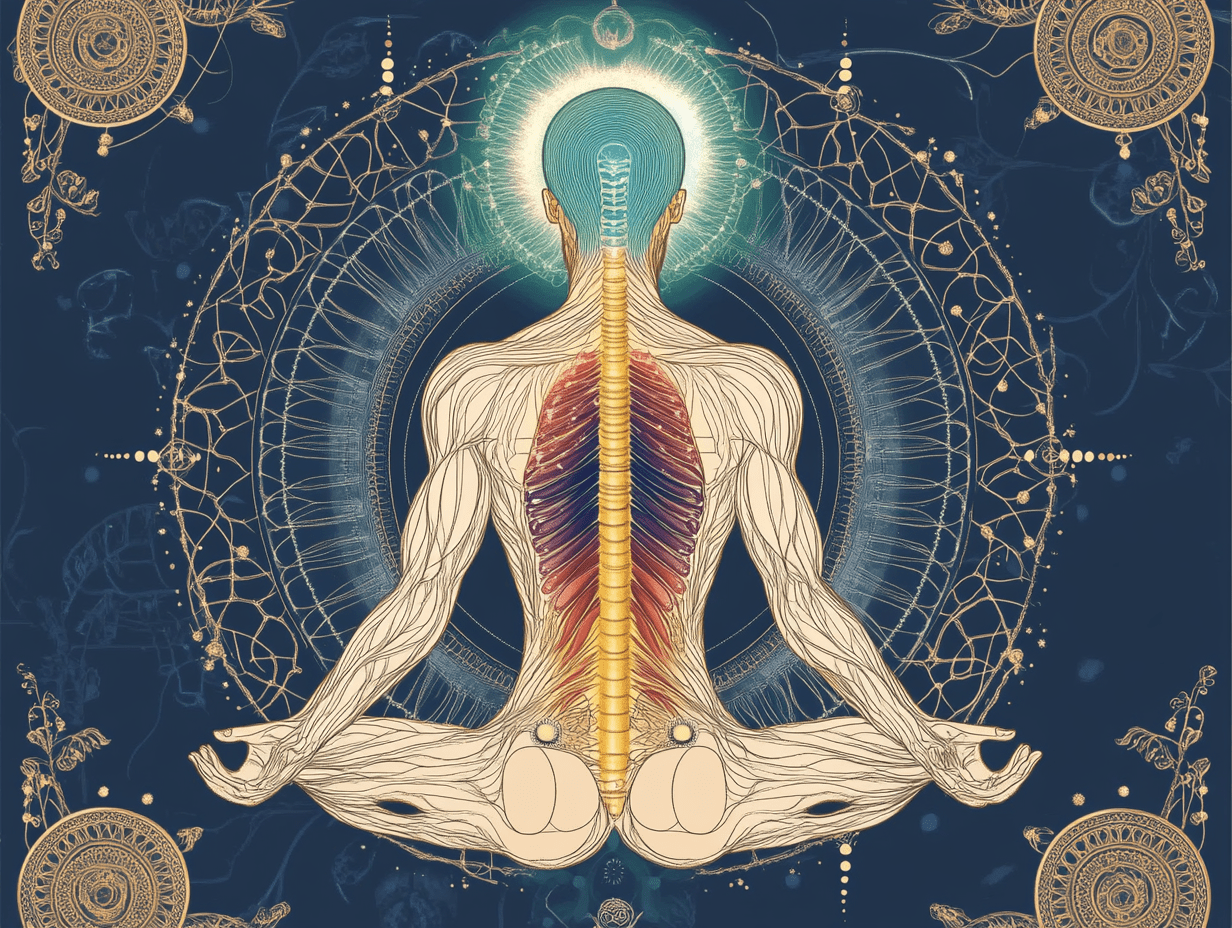Understanding Vata Pitta Kapha

Ayurveda is a Sanskrit word that refers to the ‘science of life and longevity’. ‘Ayur’ means life and ‘Veda’ means knowledge. Ayurveda, is a 5000-year-old ancient Vedic medicine system that has its roots deeply entrenched in the rich, Indian landscape. It is the only medicinal system in the world that follows preventive + curative methodology.
The base of Ayurvedic philosophy is to balance the body, mind and spirit.According to Ayurveda, each person is born with a life force that comprises the five elements or building blocks of nature: Earth, Air, Water, Fire and Space. We possess a unique balance of these five elements in varying degrees. This balance of elements is known as a Dosha. There are three fundamental doshas: Vata, Pitta and Kapha, and good health is considered to be a perfect state of balance between these three doshas.
Vata is constituted by space and air, which is the energy of movement; fire and water constitute pitta,
Pitta is constituted by fire & water which is the principle of digestion and metabolism;
Kapha is constituted by water & earth, the dosha of structure and lubrication.
Unhealthy diet, stress, repressed emotions and insufficient exercise are considered to be elements that disturb ones’ doshic balance. Hence, to maintain the balance and good health, a person has to juggle with the three doshas, and increase or decrease them, as conditions demand. In simple words, health means order and balance, whereas disease is disorder and imbalance. Everyone has all the three doshas, but one of them is usually primary, the other secondary and the third one is the least prominent.
The Three Doshas: An Overview
1. Vata:
Vata is considered as the leader of the three Ayurvedic principles in the body. As the principle of mobility, Vata regulates all activity in the body, mental as well as physiological. It is responsible for breathing, blinking our eyes, beating of our heart and many more functions. When in balance, the Vata is lively and energetic. Adequate rest and relaxation is needed to keep the vata in balance. Dry skin, cough and dry hair are some problems that one may face when the vata is imbalanced.
2. Pitta:
Pitta is the fire element. It is responsible for regulating the body temperature through the chemical transformation of food (governing digestion, absorption, assimilation, nutrition and metabolism), promoting vitality and appetite. Those dominated by the pitta dosha are strong willed, determined and tend to have leadership qualities. If the pitta is imbalanced, it can lead to anger and agitation, and may even cause burning disorders such as ulcers and inflammation. To maintain a balance,meditation, massages and inhaling cooling scents such as rose, mint and lavender can help relax the body.
3. Kapha:
This dosha maintains body resistance. This dosha is responsible for nourishment & lubrication.Those dominated by kapha are said to be thoughtful, calm and steady. To maintain a balance, gentle exercises, stimulating activities and an extra intake of fluids can keep the energy flowing. Kapha is primarily responsible for anabolism, the process of building the body, growth and creation of new cells as well as cell repair.
What determines your dosha?
The human body is made up of 5 elements -air, ether, earth, water and fire. A combination of these five elements determines one’s ‘prakriti’ or constitution. Ayurveda defines the combination of these five elements into three doshas: vata, pitta and kapha. Although each human body is composed of all the three doshas, each body has a different combination of them and this determines one’s genetically inherited physical and personality traits. Through one’s life, these constitutions may change based on physical, mental and emotional. conditions. It is important to identify one’s dosha and then create a lifestyle that suits it. This means adopting a diet and daily routine based on one’s dosha.
Ayurveda divides the different body types into seven categories. Hence, it is possible for a person to be: vata, pitta, kapha, vata-pitta, pitta-kapha, vata-kapha, or tri-dosha. However, there is no ‘best’ or ‘perfect’ body type or dosha. Each of the categories have their own advantages and disadvantages.
The following table will help you determine your Dosha:
How to Balance Your Dosha
What to Eat for Your Dosha
An imbalance of doshas in the body can be checked with the help of, warm oil massages, yoga, and your diet. To balance each dosha, certain foods need to be consumed while some need to be avoided.

Balancing Kapha:
One of the major reasons for kapha imbalance is excessive food consumption, and therefore, a light, low-fat diet of bitter, pungent, and astringent tastes is recommended. This can include steamed or raw vegetables, ripe fruits, grains like oats, rye, barley and millets, honey and strong spices like pepper, cardamom, cloves, mustard and turmeric
Balancing Vata:
High consumption of spicy and astringent foods contributes to vata imbalance. Hence, a peace-making diet with salty, sweet and sour tastes and warm, moist and easily digestible foods is recommended. This includes vegetables like broccoli, leafy vegetables and cauliflower, wheat and rice, mild spices like cumin, ginger and cinnamon. In addition, moist foods like berries, melons, and yogurt can help counter-balance vata’s dry quality as can other hydrating cooked foods such as soups or stews. Oily foods like avocado, buttermilk, cheese, eggs, whole milk, coconut, nuts and seeds are supportive as well.
Balancing Pitta:
Excessive consumption of alcohol and spicy, oily, fried, salty and fermented foods may result in pitta imbalance. Pitta balance can be restored with sweet, bitter and astringent tastes and heavy, cool foods such as sweet fruits, dairy products, curry leaves, barley, oats and mint. Avoid sour fruits, red meat, potatoes, tomatoes, and eggplant.
Well, its all about having healthy balance and this will ensure your hormones are kept in check too.

Success Stories with Gynoveda across India
Talk to Gynoveda Today

